Forget Boring Pancakes: How to Master These Gorgeous Green Crêpes
Have you ever seen a dish so vibrant and elegant you just assumed it was way too complicated to make at home? That’s how most people feel about these savory green crêpes. But I’m going to let you in on a little secret: they are shockingly easy. That stunning color doesn’t come from any fancy powders or fussy food dyes. It comes from spinach. Yep, just regular old spinach.
In this article
Over the years, I’ve come to rely on recipes that are both beautiful and incredibly versatile, and this one is at the top of my list. We’re using chickpea flour, a fantastic gluten-free alternative that gives these crêpes a wonderful texture and a subtle, earthy flavor that you just don’t get from regular flour. This isn’t just about following steps; it’s about learning a core technique you can use for quick lunches, impressive brunch dishes, or a light dinner.
So, let’s get into it. We’ll break down why the ingredients work so well together, how to nail the cooking process, and what to do if things go a little sideways.
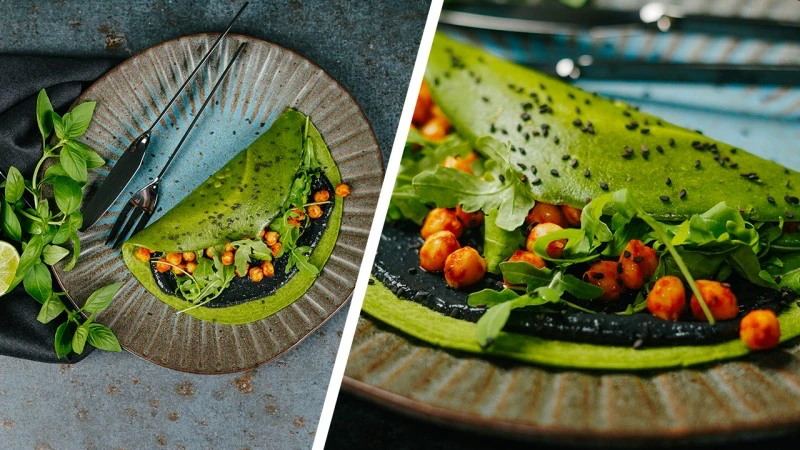
Let’s Talk Ingredients: Why This Combo Just Works
A great crêpe is all about balance, and every ingredient here has an important job. Understanding the “why” is what takes you from a cook to a chef.
The Foundation: Chickpea Flour
This is the real star of the show. Chickpea flour (sometimes called gram flour or besan) is a total game-changer. You can find it in the international or health food aisle of most grocery stores, or online. A bag usually costs between $4 and $6, so it’s a pretty affordable pantry staple.
So why use it? Unlike a traditional wheat-flour crêpe, which is very neutral and delicate, a chickpea flour crêpe has more character. It’s higher in protein, which gives it a wonderfully flexible, tender texture that’s less likely to tear. The flavor is slightly nutty and earthy, which is just perfect for savory dishes. It has a long history in other food cultures, from the street food socca in the French Riviera to savory pudla pancakes in India, so we know it’s a reliable choice.
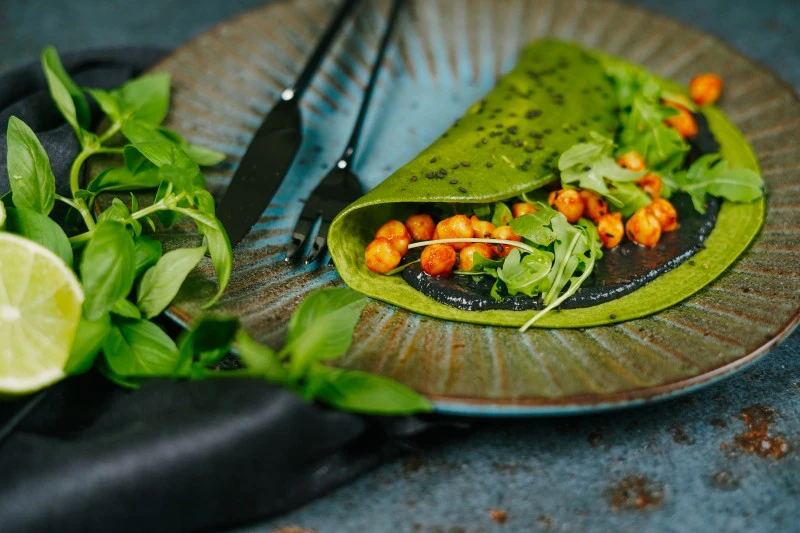
The Color: Fresh Spinach
We use fresh baby spinach for that incredible green. Why baby spinach? Its leaves are tender, less watery, and have a milder flavor than the big, tough bunches. For this recipe, you’ll need about 100 grams, which is roughly the amount in one of those standard 5-ounce clamshell containers you see at the supermarket. We blend it raw to keep the chlorophyll bright and beautiful. Cooking it first is what turns spinach that dull, olive-green color—we want to avoid that!
The Liquids & Fat: Rice Milk & Olive Oil
I like using rice milk because it’s thin and has a super neutral taste, letting the spinach and chickpea flavors shine. You could use another plant-based milk, but something creamy like oat milk will give you a slightly thicker, softer result, more like a classic pancake. Dairy milk works fine too, but it adds a different kind of sweetness.
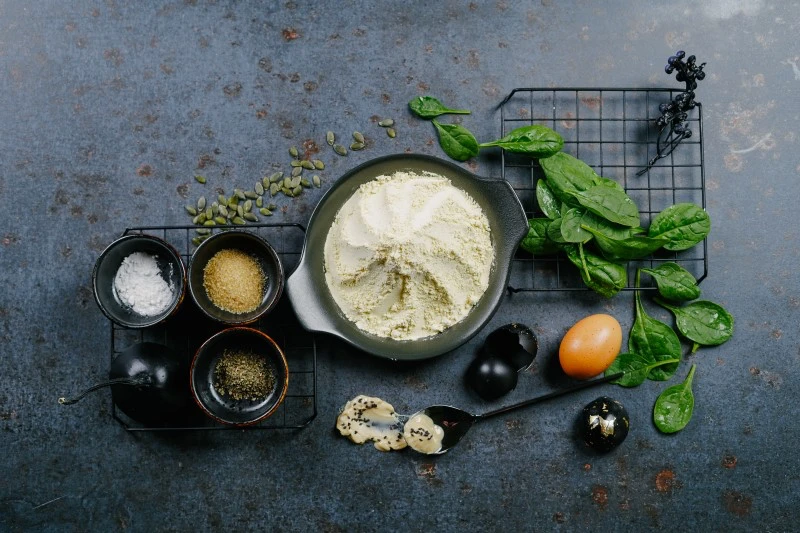
The olive oil adds a hint of peppery flavor, helps make the crêpe tender, and even helps prevent it from sticking. It’s a triple threat.
The Binders & Flavor: Eggs, Seasoning, and a Vegan Option!
Eggs provide richness and help bind everything together. But what if you want to make these vegan? No problem at all. You can easily swap the three eggs for three “flax eggs.” It’s simple: for each egg, just mix one tablespoon of ground flaxseed with three tablespoons of water. Let it sit for about 5-10 minutes until it gets thick and gelatinous, then use it just like a regular egg.
We also add a tiny bit of baking powder, not to make the crêpes fluffy, but to give them a delicate little lift so they aren’t dense. A pinch of sugar might seem weird, but it’s not for sweetness; it masterfully balances the earthy flour and any slight bitterness from the spinach. It just rounds everything out.

How to Make Flawless Green Crêpes, Every Time
The right ingredients are just the start. The technique is what makes them perfect.
-
Get Your Green Base: In a blender, combine the spinach, rice milk, and olive oil. Blast it on high for a solid minute until it’s perfectly smooth and vibrant green. Quick tip: Don’t have a high-speed blender? No sweat. After blending, just pour the green liquid through a fine-mesh sieve set over your bowl. Use the back of a spoon to press it all through. This catches any stringy bits and guarantees a silky batter.
-
Mix and… REST: Pour your green liquid into a mixing bowl and whisk in the eggs (or flax eggs). Now add the dry stuff: chickpea flour, baking powder, basil, sugar, and salt. Whisk until it’s smooth. And now for the most important part that everyone wants to skip: let the batter rest. Cover it and let it sit for at least 30 minutes. This lets the flour fully hydrate, which is the key to a tender, non-rubbery crêpe. It’s non-negotiable!
Time-saving hack: You can make the batter, cover it, and keep it in the fridge for up to 24 hours. Just give it a good whisk before you start cooking.
-
Master the Heat: Get a good non-stick or well-seasoned skillet over medium heat. Not high heat! Too hot, and you’ll get a brown, scorched crêpe instead of a green one. The perfect test? Flick a drop of water in the pan. If it sizzles steadily and evaporates in a few seconds, you’re good to go.
-
The Pour and Swirl: Add a tiny bit of oil to the pan and wipe it around with a paper towel. You want a sheen, not a puddle. Pour about ¼ cup of batter into the center of the pan. Immediately lift the pan off the heat and swirl it with your wrist, letting gravity spread the batter into a thin circle. Don’t worry if your first one looks like a weird blob—we call that the “chef’s treat!” The pan gets better seasoned after the first one, and you’ll get the hang of the swirl in no time.
-
The Flip: Cook for about 60-90 seconds. You’ll know it’s ready to flip when the glossy surface turns matte and the edges start to curl away from the pan. Slide a thin spatula underneath and give it a quick, confident flip. The second side only needs 30-45 seconds. Slide it onto a plate and you’re done!
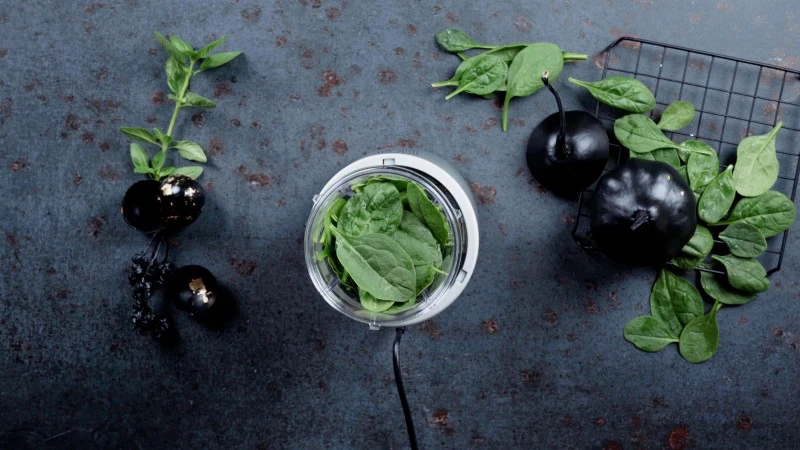
Oops! Common Crêpe Problems & Easy Fixes
Even the pros have an off day. If you run into trouble, here’s how to fix it.
-
Problem: My crêpes are tearing when I flip them.
This usually means the batter is too thin or you’re being impatient. Wait for those visual cues (matte surface, curling edges!). If it still seems too fragile, whisk in another tablespoon of chickpea flour and let it rest for 10 more minutes. -
Problem: They taste kind of rubbery.
This is almost always from overcooking or skipping the resting step. Cook them quickly over proper medium heat and I promise, let that batter rest! -
Problem: My green color is dull and brownish.
Your pan is too hot. Turn the heat down to medium and give the pan a moment to adjust. The goal is vibrant green with just a few light golden spots. -
Problem: Help, my crêpes are sticking to the pan!
This means your non-stick surface might be worn, or you didn’t add that thin layer of oil. Make sure you wipe a little oil in the pan every 2-3 crêpes to keep things slippery and smooth.
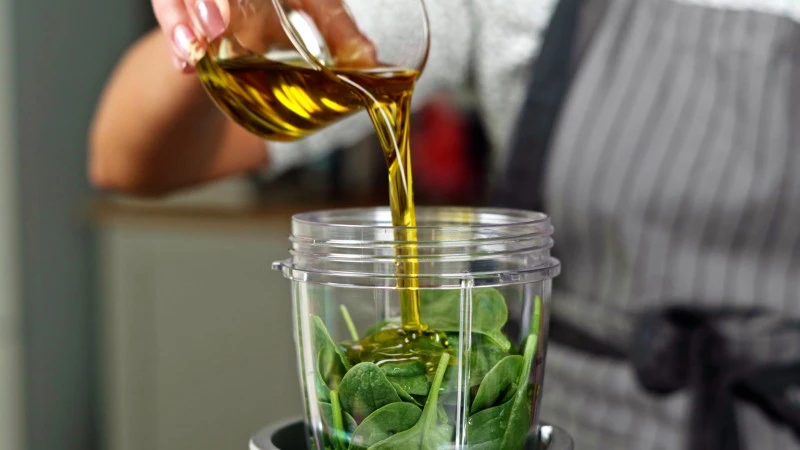
The Fun Part: Fillings, Serving, and Storage
This recipe is a blank canvas. Here are a couple of my favorite ways to fill them:
-
Creamy Mushroom & Thyme: Sauté a handful of sliced mushrooms in a pan with a little olive oil, a minced garlic clove, and a sprinkle of fresh thyme. Once they’re golden brown, turn off the heat and stir in a big spoonful of cream cheese or a dairy-free alternative. It’s warm, savory, and so comforting.
-
Mediterranean Dream: For a no-cook option, just crumble some good feta cheese (or vegan feta) with a mix of chopped Kalamata olives, sun-dried tomatoes, and a sprinkle of fresh dill. The salty, tangy filling is a perfect match for the earthy crêpe.
These are also fantastic for meal prep. You can stack the cooled crêpes with a small square of parchment paper between each one to prevent sticking. They’ll keep in an airtight container in the fridge for up to 4 days or in the freezer for a couple of months. Just reheat them in a lightly oiled pan or a few seconds in the microwave.
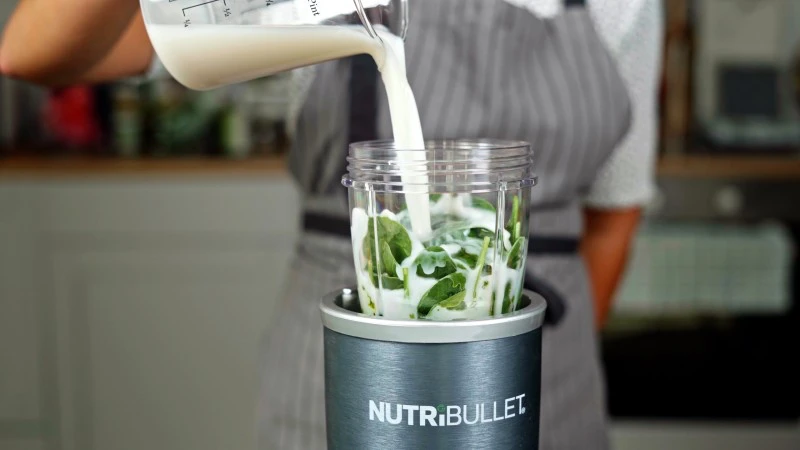
So there you have it. A recipe that looks incredibly fancy but is built on simple, smart techniques. Once you master this, it’ll become one of those reliable, back-pocket recipes you’ll turn to again and again. Happy cooking!
Inspiration:
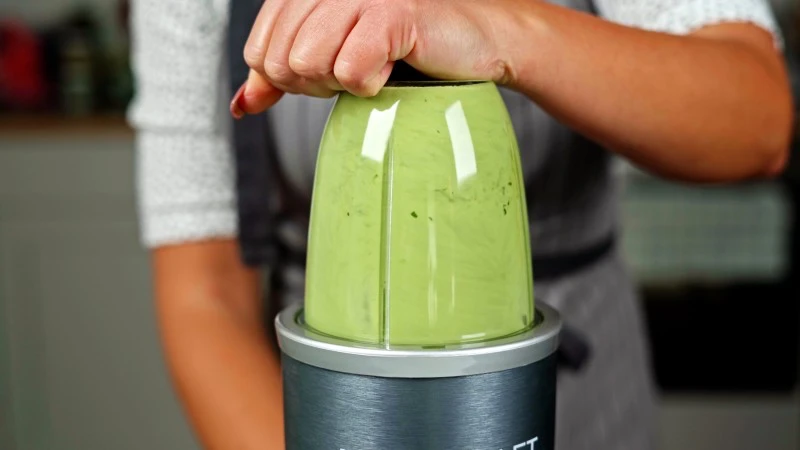
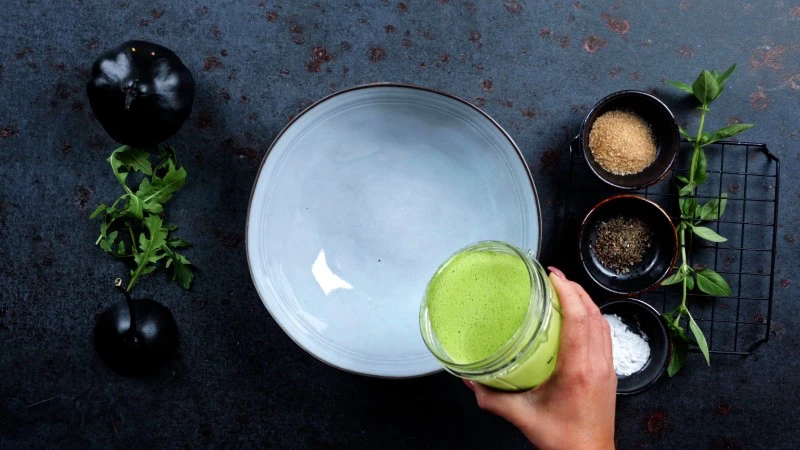
The perfect consistency: Your batter should have the flow of heavy cream, not thick pancake batter. If it’s too dense, it won’t spread thinly in the pan; too watery, and your crêpe will tear. The trick is to add water one tablespoon at a time until the batter coats the back of a spoon and drips off in a steady stream.
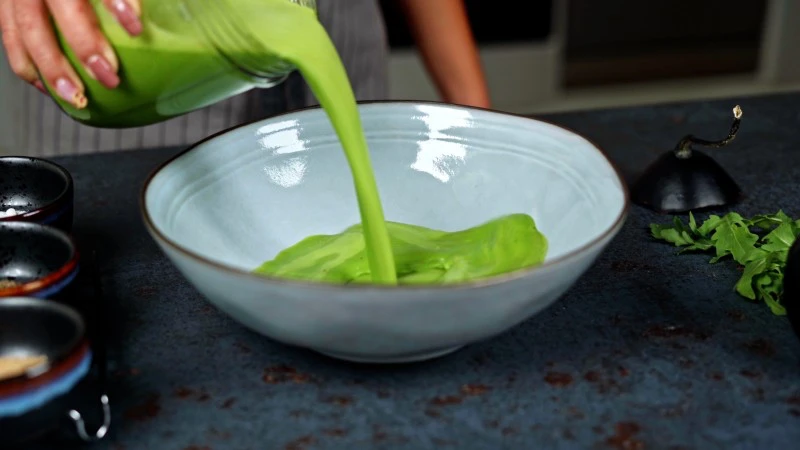
Can I prepare the batter in advance?
Absolutely! This is one of the recipe’s best features for easy entertaining. You can whip up the batter, cover it, and keep it in the fridge for up to 24 hours. The flavors will meld even more. Just give it a good whisk before cooking, as the chickpea flour can settle at the bottom.
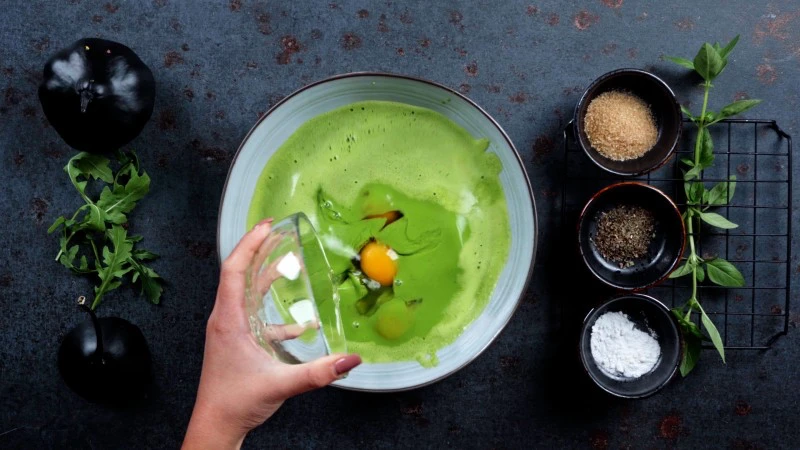
Spinach is a fantastic starting point, but don’t be afraid to play with your greens. A handful of fresh parsley or cilantro will add a zesty, herbaceous note, while a few leaves of kale will deepen the color and add a nutritional punch. Just be sure to blend thoroughly for a smooth, vibrant hue without any flecks.
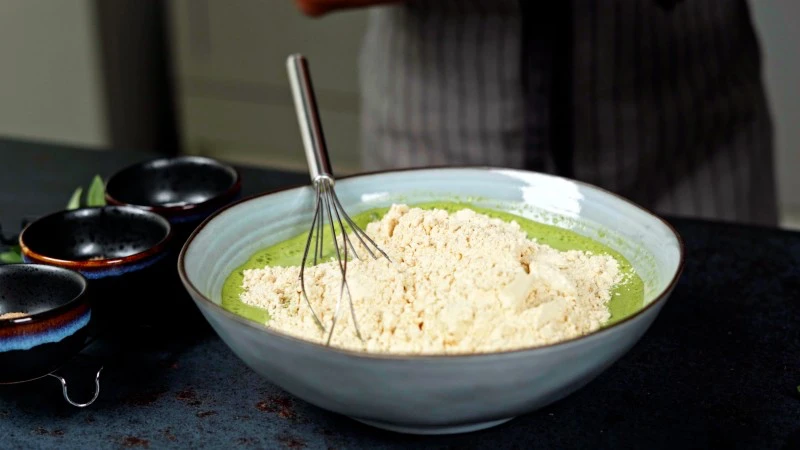
Classic Non-Stick Pan: The go-to for beginners. A quality pan from a brand like T-fal or Scanpan ensures an easy flip and even cooking with minimal oil, which is ideal for delicate crêpes.
Seasoned Cast Iron Pan: For the purists. Once well-seasoned, a cast iron crêpe pan from Lodge or De Buyer provides superior heat retention for a crispier edge. It requires a bit more care but rewards with incredible performance.
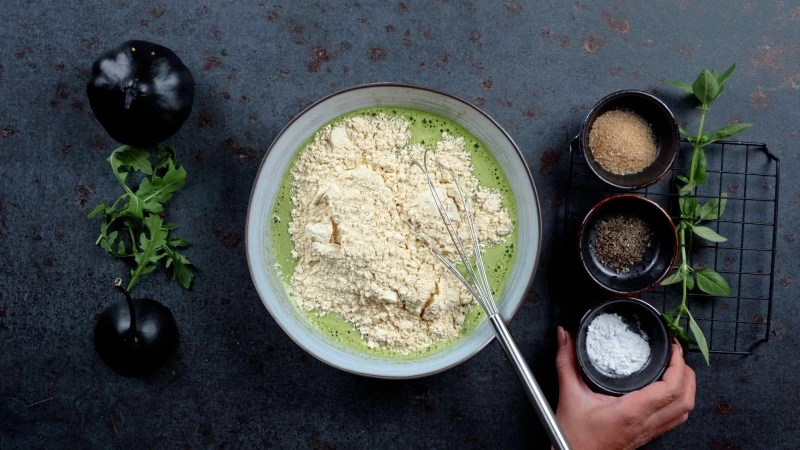
Chickpea flour contains nearly double the protein and six times the fiber of all-purpose white flour.
What does this mean for your crêpes? They’re not just beautiful; they’re genuinely satisfying. The extra protein and fiber help keep you full longer, turning what looks like a light meal into a surprisingly substantial one. It’s the secret to a brunch that won’t have you reaching for a snack an hour later.
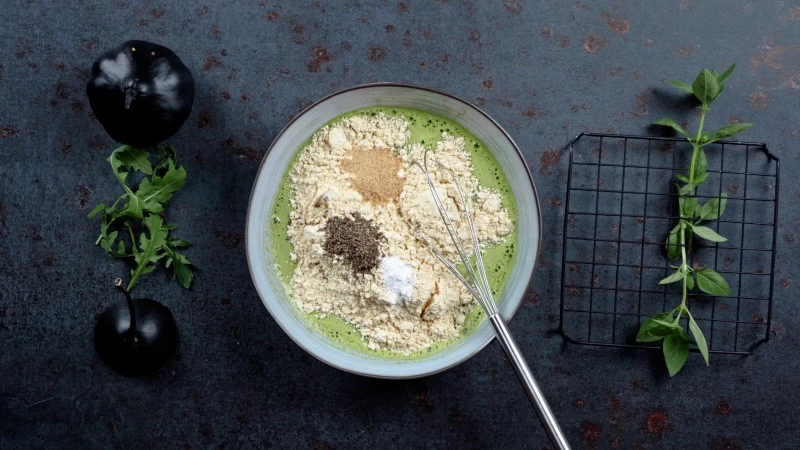
Beyond the flavor, the beauty of these crêpes is their role as a canvas. Think about color and texture contrasts for your fillings:
- Vibrant & Creamy: A dollop of beet hummus or a smear of herbed cream cheese with bright red pomegranate seeds.
- Earthy & Rich: Sautéed wild mushrooms with garlic and thyme, finished with a crumble of feta or goat cheese.
- Fresh & Zesty: Smoked salmon, dill, and a squeeze of fresh lemon.
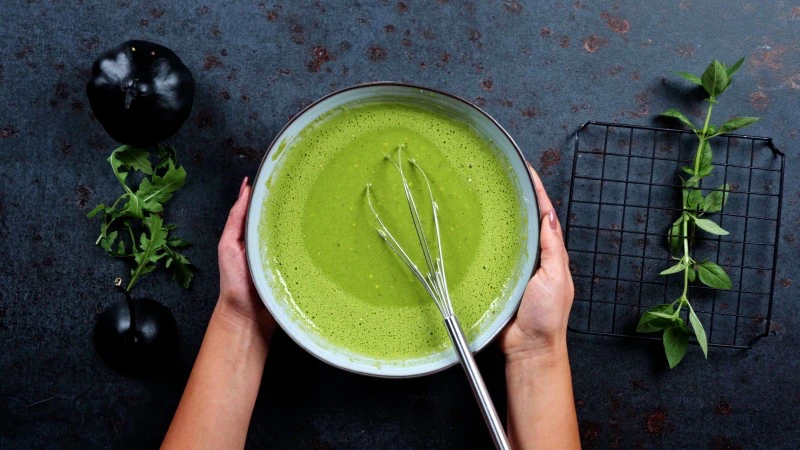
A single 100g serving of fresh spinach provides over 50% of the daily recommended intake of Vitamin A, which is essential for vision and immune function.
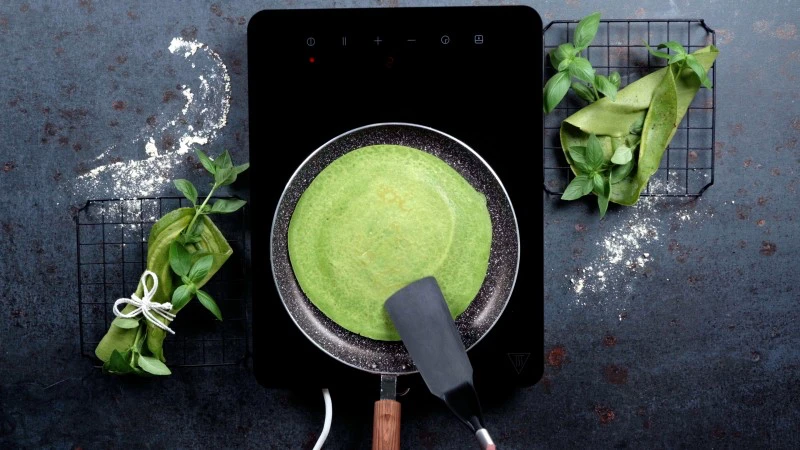
- A brighter, more complex flavor profile.
- An even more intense, jewel-toned green.
- A subtle, fresh aroma as they cook.
The secret? Blend a small handful of fresh basil or mint into your spinach and batter mixture. It’s a simple twist that elevates the crêpes from great to unforgettable, especially when paired with tomato and mozzarella.
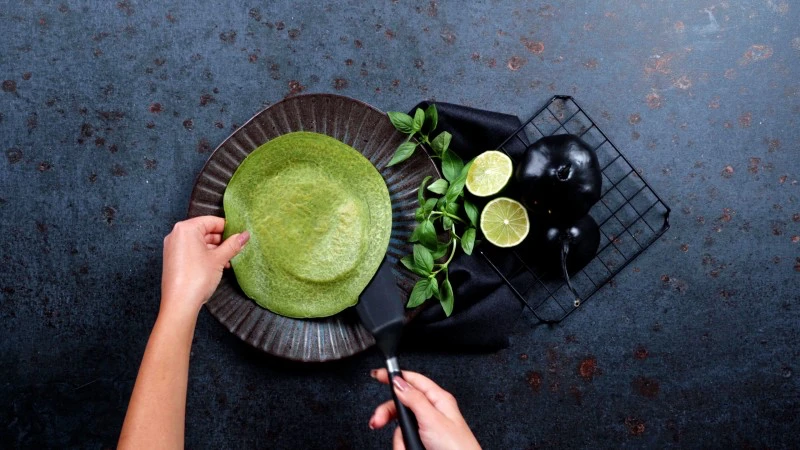
There’s a special kind of magic in ladling the emerald-green batter into a hot pan and watching it transform. The kitchen fills with a warm, slightly nutty aroma—a mix of toasted chickpeas and fresh greens. It’s a sensory prelude to the delicate, satisfying meal to come.

For a beautiful and budget-friendly finish, simple toppings are often the best. Try one of these:
- A simple fried or poached egg placed on top.
- A spoonful of plain Greek yogurt with a sprinkle of chili flakes.
- Leftover roasted vegetables from last night’s dinner.
- A drizzle of good-quality balsamic glaze.
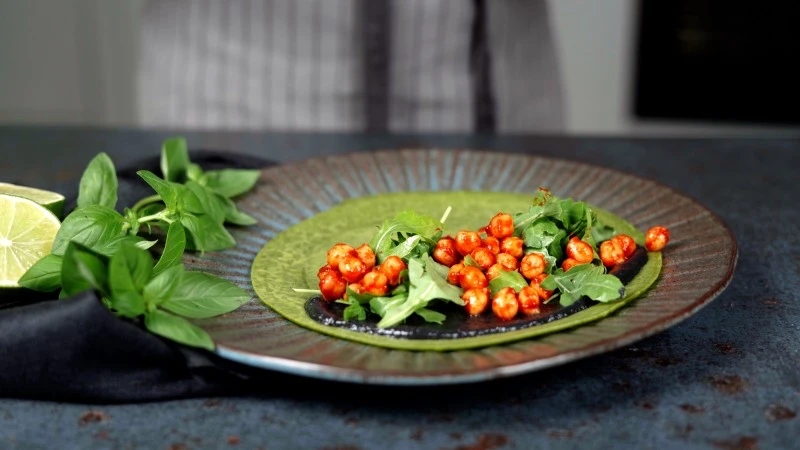
Leaning into the Halloween theme? The vibrant green is a perfect starting point for a spooky-chic breakfast. Create a ‘monster face’ crêpe using two dollops of sour cream for eyes, black olive slices for pupils, and a sliver of red bell pepper for a mischievous smile. It’s playful, healthy, and a world away from sugary holiday treats.
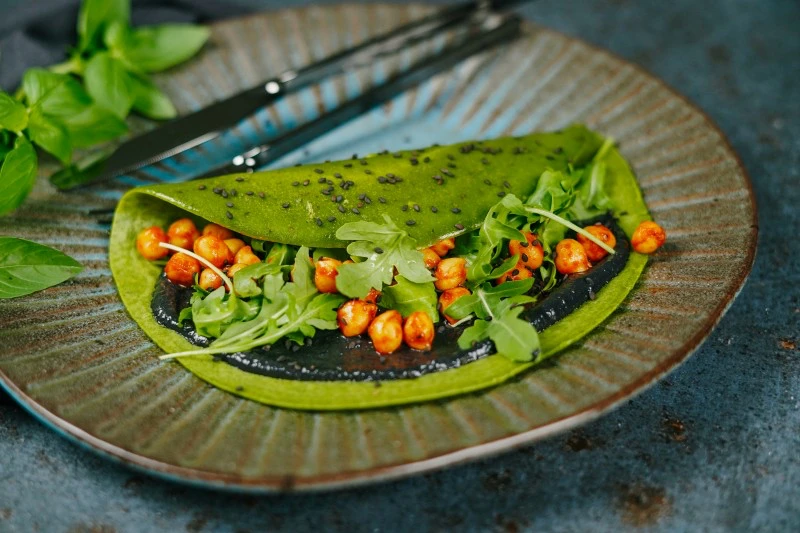
Heat is your friend: A common crêpe mistake is starting with a lukewarm pan. Your pan should be hot enough that a drop of water sizzles and evaporates almost instantly. This quick cooking process is what creates a tender crêpe that’s cooked through without becoming dry or rubbery. Don’t be afraid to turn up the dial!
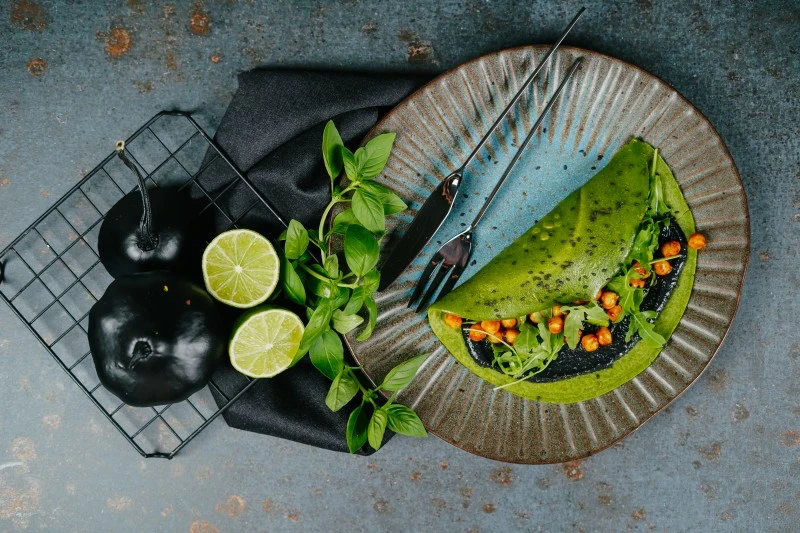
Move over, sweet smoothie bowls. Savory breakfasts are having a major moment, and for good reason. Starting the day with protein and vegetables, like in these spinach crêpes, helps stabilize blood sugar and provides sustained energy throughout the morning. It’s a delicious trend that’s as smart as it is stylish.
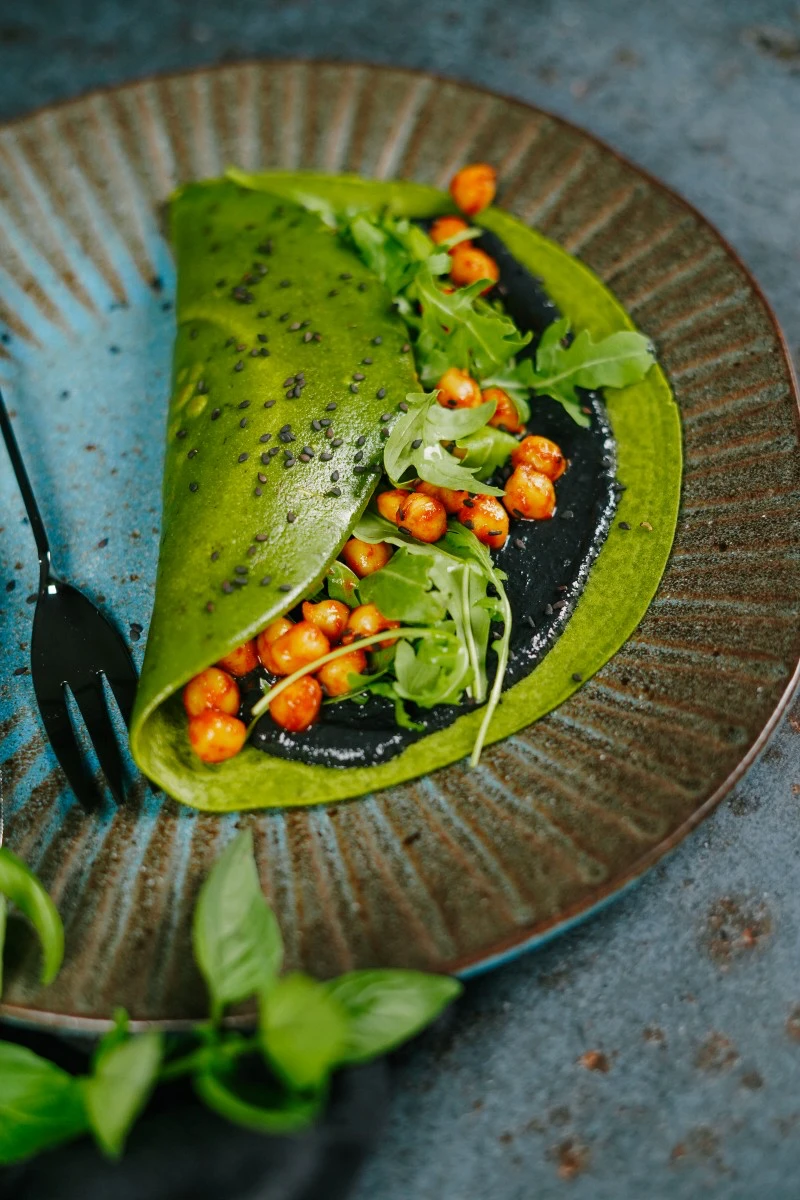
‘The best-tasting food is food that’s been grown, and that’s been cooked, and that has a real story behind it.’ – Yotam Ottolenghi
These crêpes, with their humble spinach base and worldly chickpea flour, tell a story of simple, beautiful, and wholesome cooking that you can share right from your own kitchen.
For the smoothest possible batter, a powerful blender is key. Models like the Vitamix or NutriBullet are excellent at completely liquefying the spinach leaves, ensuring a uniform green color with no flecks. If using a standard blender, you may need to blend for an extra 30-60 seconds and then strain the batter through a fine-mesh sieve.










